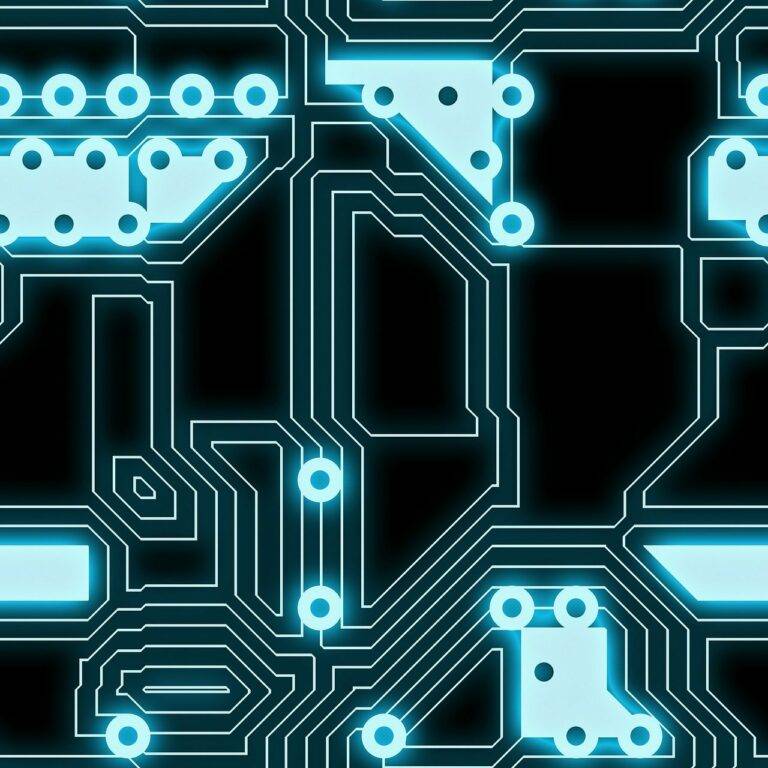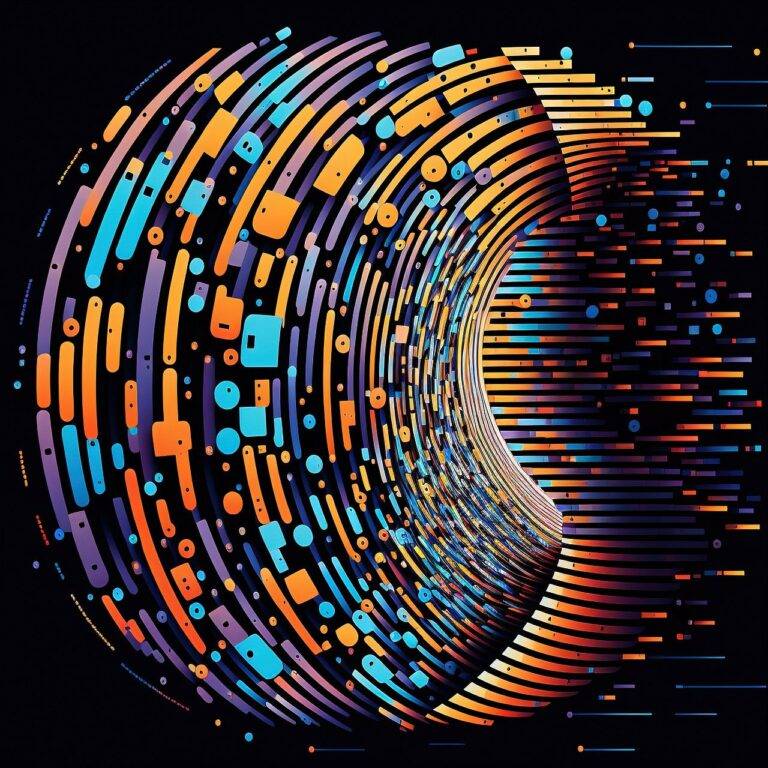Advancements in Virtual Reality for Cultural Heritage Reconstruction
Preserving cultural heritage through virtual reality presents a multitude of challenges. One major obstacle is the need for detailed 3D scans and accurate digital reconstructions to authentically represent historical sites or artifacts. Ensuring the historical accuracy of these virtual representations requires extensive research, collaboration with experts, and technological proficiency.
Moreover, making virtual reality experiences accessible to a wide audience can be challenging due to technological barriers and the cost of implementing VR solutions. Balancing the need for realism and immersion with the practical considerations of budget and resources is a constant struggle for cultural heritage preservationists utilizing virtual reality technology. The potential for cultural heritage to be lost or distorted in the digital realm adds another layer of complexity to this ongoing challenge.
Importance of Historical Accuracy in Virtual Reconstruction
Historical accuracy in virtual reconstruction plays a pivotal role in bringing the past to life with precision and authenticity. When recreating historical sites or artifacts in the digital realm, it is essential to adhere to accurate details such as architectural styles, colors, textures, and placement of elements. These details not only enhance the immersive experience for users but also contribute to preserving the integrity of the cultural heritage being depicted.
By prioritizing historical accuracy in virtual reconstructions, researchers and developers can ensure that the virtual representation stays true to the original context and allows for a deeper understanding of the historical significance of the subject matter. This commitment to fidelity serves as a testament to the dedication to upholding the cultural legacy and transmitting it to future generations in a compelling and meaningful manner.
Utilizing 3D Scanning Technology for Cultural Heritage Preservation
3D scanning technology has revolutionized the way cultural heritage is preserved and documented. By capturing precise and detailed 3D models of artifacts, monuments, and historical sites, researchers and conservationists can create digital archives that help in safeguarding these valuable assets for future generations. This technology allows for an immersive and interactive experience that offers a closer look at cultural heritage without compromising the integrity of the original objects.
Moreover, 3D scanning enables experts to digitally reconstruct damaged or deteriorating artifacts and structures, providing insights into their original form and function. Through the use of advanced software, these virtual reconstructions can aid in conservation efforts by guiding restoration work and ensuring historical accuracy. By utilizing 3D scanning technology for cultural heritage preservation, we can bridge the past with the present, fostering a deeper understanding and appreciation for our shared history.
What is 3D scanning technology?
3D scanning technology is a process that captures the shape of objects using laser or light to create a digital representation in three dimensions.
How can 3D scanning technology be used for cultural heritage preservation?
3D scanning technology can be used to create accurate digital replicas of artifacts, buildings, and archaeological sites, ensuring their preservation for future generations.
What are some challenges in preserving cultural heritage through virtual reality?
Some challenges include ensuring historical accuracy, addressing ethical concerns related to digital manipulation, and maintaining the integrity of the original artifacts or sites.
Why is historical accuracy important in virtual reconstruction?
Historical accuracy is crucial in virtual reconstruction to ensure that the digital representations of cultural heritage are faithful to the original artifacts or sites, providing a reliable educational resource for researchers and the public.
How does utilizing 3D scanning technology benefit cultural heritage preservation efforts?
By utilizing 3D scanning technology, cultural heritage preservation efforts can create detailed and accurate digital records of artifacts and sites, facilitating research, conservation, and public access to cultural heritage resources.





